
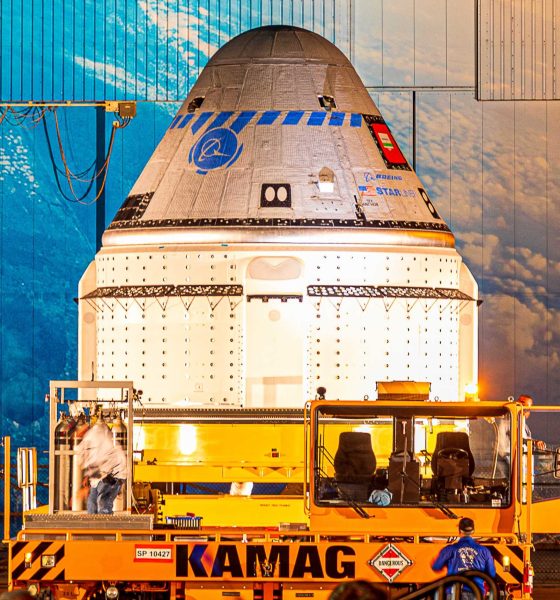
News
Boeing’s Starliner slightly delayed, but ready for launch
Boeing and NASA have once again delayed Starliner’s Crewed Flight Test to no earlier than May 1st, 2024.
The launch was originally targeted for mid-April, but this time, scheduling at the International Space Station is the reason for the delay, as the orbiting outpost is fairly busy at the moment.
There are currently 7 vehicles docked at the Space Station, including two Dragon capsules, a Cygnus resupply freighter, and 4 Soyuz capsules (2 Crew, 2 Cargo), so it’s understandable why NASA and Boeing would want to push the Starliner launch just slightly.
Boeing took a major step towards the launch of Starliner’s first crewed flight test when it began fueling the service module and crew capsule. This will enable the capsule to conduct burns to control itself while in orbit.
The capsule assigned to this mission is Spacecraft 3, aka Calypso, which flew the first Orbital Flight Test in 2019 and was unable to make it to the ISS due to numerous issues that arose after separating from the Atlas V second stage.
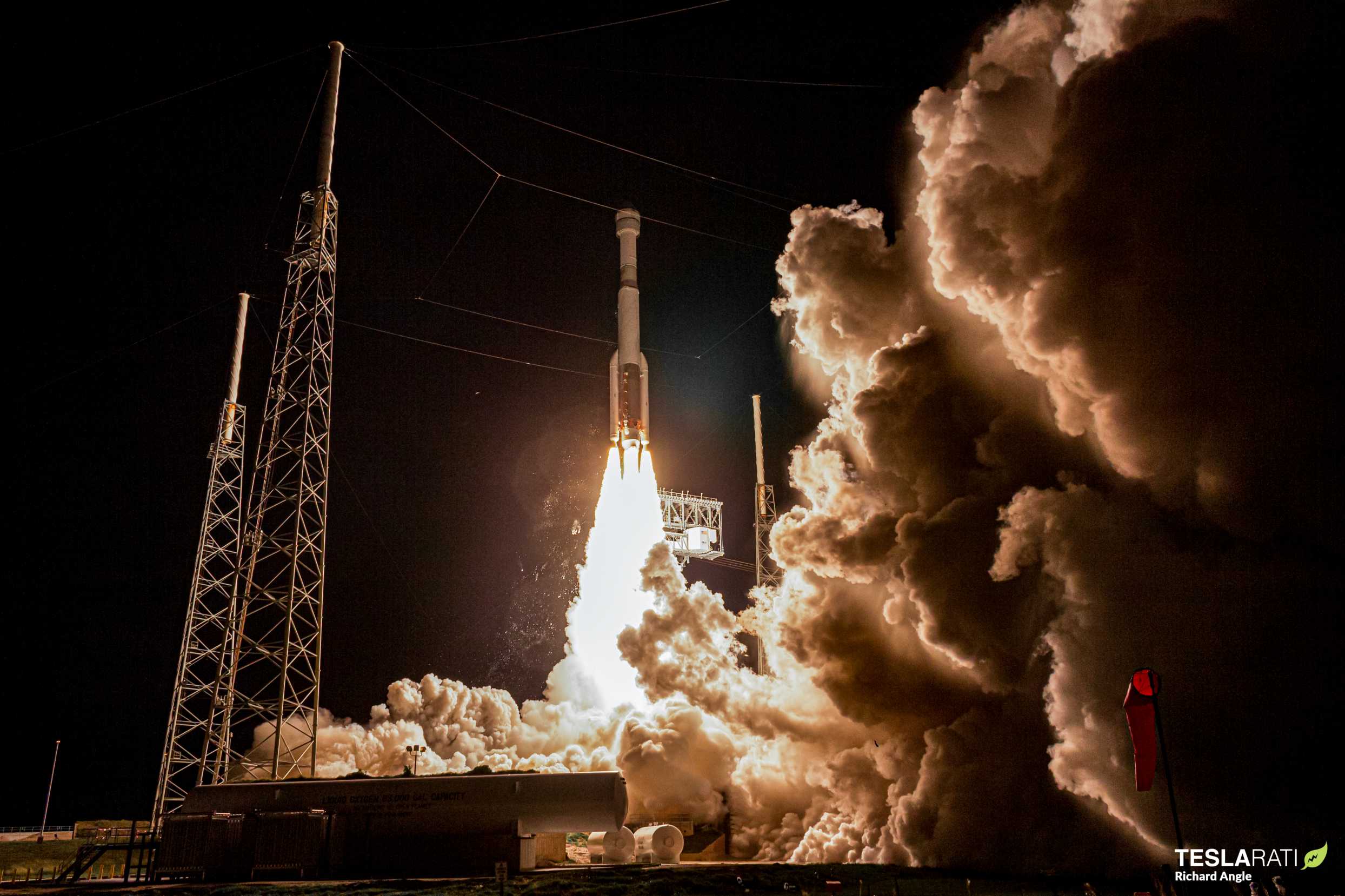
Starliner takes flight for the first time during OFT-1 in 2019 (Credit: Richard Angle)
For the first Crewed Flight Test, there will be 2 experienced NASA astronauts onboard. Commander Barry Wilmore and Pilot Sunita Williams. They will both be making their 3rd trip to space.
The current pair weren’t the first astronauts assigned to CFT-1, due to the ongoing delays, at various points, 4 other astronauts were assigned to the test flight, including Nicole Mann who ended up switching over to Crew 5 and taking a Crew Dragon capsule to the ISS.
During this most recent delay, Boeing took the time to finish removing the insulating tape that was found to be flammable, finish software reviews, and review a new soft link in the parachute system. The soft link is what connects the main line from the capsule to the risers up to the canopy.
There are currently no items under review that could potentially cause further lengthy delays.
During a recent press conference at NASA’s Johnson Space Center, Flight Director Steve Lammers detailed what to expect before the flight.
The crew will perform a dry dress rehearsal, similar to what SpaceX does with Crew Dragon. However, the test will be completed inside United Launch Alliance’s Vertical Integration Facility, not at the launch pad.
The day before launch, the Atlas V rocket with Starliner stacked on top will be moved to the launch pad. In the last launch attempt, the rocket sat at the launch pad for a few days, enduring Florida thunderstorms, which led to moisture collecting in some of the Service Modules valves, causing a very significant delay to the Starliner program.
Starliner at LC-41 before the first OFT-2 attempt (Credit Richard Angle)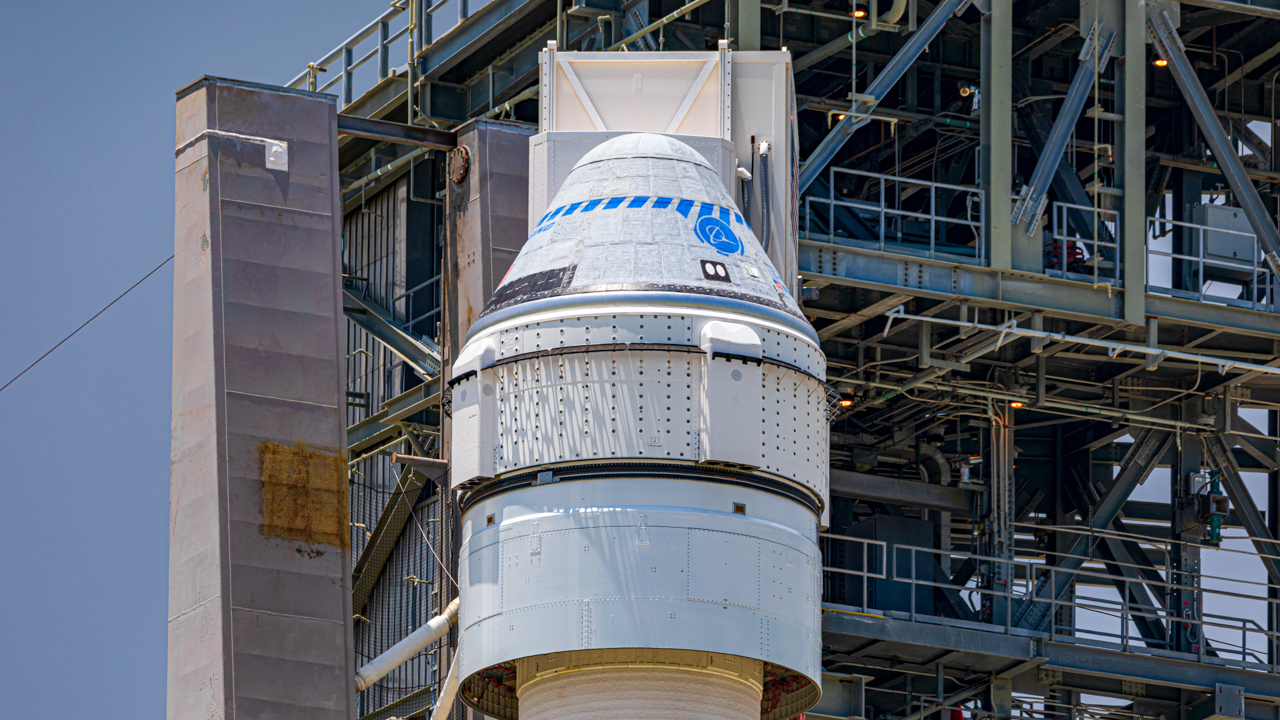
The hatch will be closed 1 hour and 24 minutes prior to launch, with the pad being cleared about with ~50 minutes remaining in the countdown.
This will be the first mission controlled by Houston after lift-off since the last Space Shuttle mission, STS-135.
There will be no live video from the capsule during ascent and transit to the ISS, Ed Van Cise, Starliner rendezvous flight director said the system is lacking the connection from the data to a transmission system. The recorded video will be downlinked after the capsule is docked.
The crew will dock with the ISS 24 hours after lift-off after conducting numerous tests of the Starliner systems.
The capsule will stay docked with the Space Station for a minimum of 8 days.
After undocking, the crew will perform more tests ahead of the de-orbit burn and eventual landing in the Western United States.
The capsule will land under parachutes, and the airbags will deploy just before touchdown to provide a soft landing for the crew.
All in all, this mission has been a long time coming for the company. The original contract called for six flights, and with the Atlas V being retired, there are currently no other human-rated launch vehicles (that are compatible) to launch Starliner, and if NASA wants to extend that contract with Boeing, ULA would need to get the approval to launch Starliner on Vulcan.
Questions or comments? Shoot me an email at rangle@teslarati.com, or Tweet me @RDAnglePhoto.

News
Another Tesla Model 3 variant sold out for January 2026 in China
A look at Tesla China’s order page shows that new Model 3 LR RWD orders now have an estimated delivery date of February 2026.
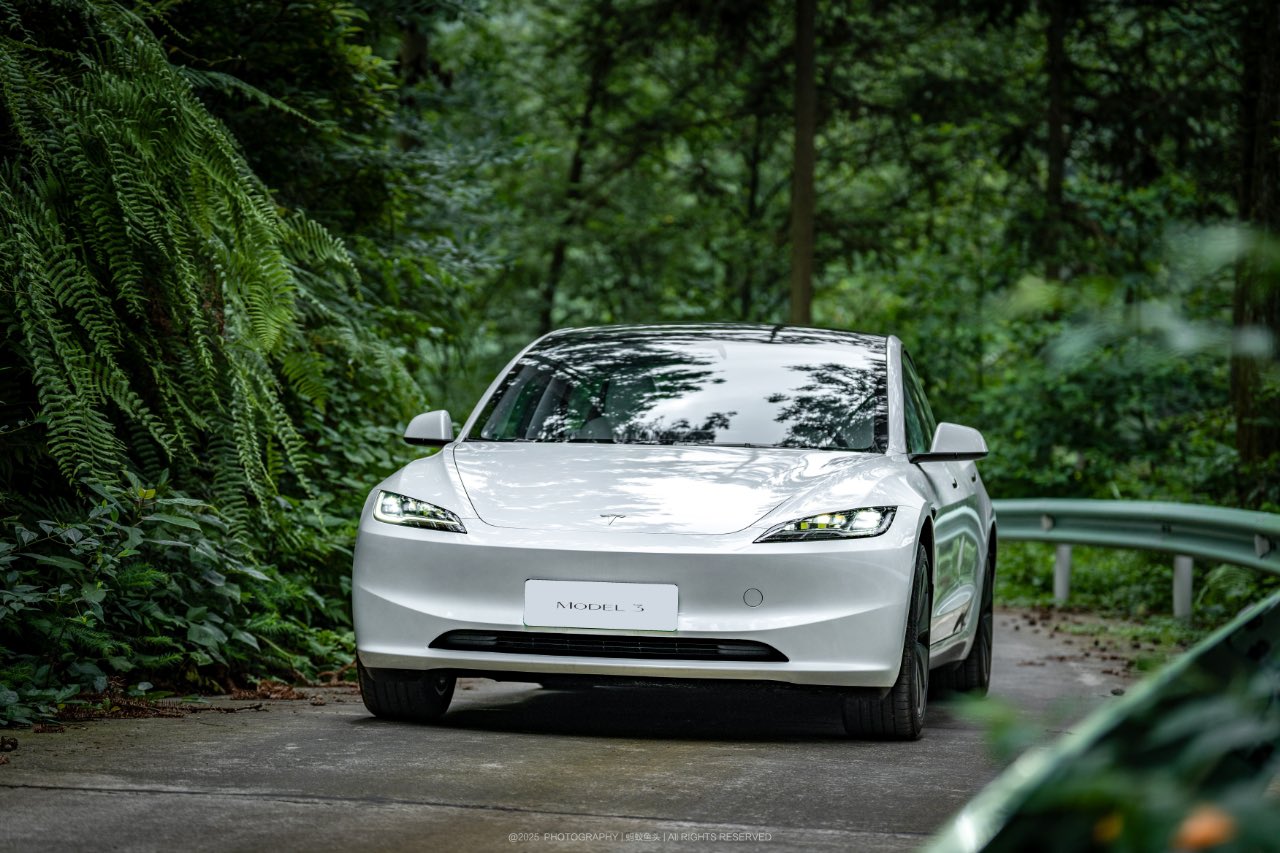
Another Tesla Model 3 variant in China appears to have sold out for January 2026, with the vehicle now showing an estimated delivery date of February 2026 for new orders. This bodes well for the all-electric sedan, which has maintained notable sales despite more affordable rivals like the Xiaomi SU7 and its crossover sibling, the Model Y.
Model 3 LR RWD joins February 2026 queue
A look at Tesla China’s order page for the all-electric sedan shows that new Model 3 Long Range Rear Wheel Drive orders now have an estimated delivery date of February 2026. Priced from RMB 259,500 ($36,810), the LR RWD sits as the second-lowest-priced trim in Tesla China’s four-variant Model 3 lineup. The move follows a similar delivery timeframe for the Model 3 Performance, which remains the most expensive option for the vehicle, as noted in a CNEV Post report.
The estimated delivery dates of the two remaining Model 3 variants remain unchanged for now. The base RWD version, starting at RMB 235,500, and the LR AWD variant, priced from RMB 285,500, both continue to list estimated delivery times of 4-6 weeks. Tesla China, for its part, has continued to list in-stock Model 3 vehicles and is actively encouraging buyers to select inventory units for delivery before the end of the year.
Model Y delays and policy shifts
Delivery timelines for the Model Y in China are also stretching into 2026. All customized Model Y variants now show February 2026 as their estimated delivery date, except for the entry-level version, which still lists January 2026. Tesla has been urging customers since November to prioritize purchasing inventory vehicles, a push aimed at maximizing year-end deliveries.
Timing matters for Chinese buyers due to upcoming changes in government incentives. China’s new energy vehicle purchase tax exemption will be scaled back in 2026, which means customers who take delivery next year could face higher tax costs compared to those who are able to receive vehicles before the end of the year.
As per data from the China Passenger Car Association, Tesla recorded retail sales of 73,145 vehicles in November, down 0.47% year over year. From January through November, Tesla’s retail sales in China totaled 531,855 units, a 7.37% year-over-year drop.
News
Wedbush’s Dan Ives sees ‘monster year’ ahead for Tesla amid AI push
In a post on X, the analyst stated that the electric vehicle maker could hit a $3 trillion market cap by the end of 2026 in a bullish scenario.

Wedbush analyst Dan Ives is doubling down on Tesla’s (NASDAQ:TSLA) long-term upside. In a post on X, the analyst stated that the electric vehicle maker could hit a $3 trillion market cap by the end of 2026 in a bullish scenario, thanks to the company’s efforts to develop and push its artificial intelligence programs.
An aggressive valuation upside
Ives, Wedbush’s global head of tech research, stated in his post that Tesla is entering a pivotal period as its autonomy and robotics ambitions move closer to commercialization. He expects Tesla’s market cap to reach $2 trillion in 2026, representing roughly 33% upside from current levels, with a bull case up to a $3 trillion market cap by year-end.
Overall, Ives noted that 2026 could become a “monster year” for TSLA. “Heading into 2026, this marks a monster year ahead for Tesla/Musk as the autonomous and robotics chapter begins. We believe Tesla hits a $2 trillion market cap in 2026 and in a bull case scenario $3 trillion by end of 2026… as the AI chapter takes hold at TSLA,” the analyst wrote.
Ives also reiterated his “Outperform” rating on TSLA stock, as well as his $600 per share price target.
Unsupervised Full-Self Driving tests
Fueling optimism is Tesla’s recent autonomous vehicle testing in Austin, Texas. Over the weekend, at least two Tesla Model Ys were spotted driving on public roads without a safety monitor or any other occupants. CEO Elon Musk later confirmed the footage of one of the vehicles on X, writing in a post that “testing is underway with no occupant in the car.”
It remains unclear whether the vehicle was supported by chase cars or remote monitoring, and Tesla has not disclosed how many vehicles are involved. That being said, Elon Musk stated a week ago that Tesla would be removing its Safety Monitors from its vehicles “within the next three weeks.” Based on the driverless vehicles’ sightings so far, it appears that Musk’s estimate may be right on the mark, at least for now.
News
Production-ready Tesla Cybercab hits showroom floor in San Jose
Tesla has implemented subtle but significant updates to both the Cybercab’s exterior and interior elements.
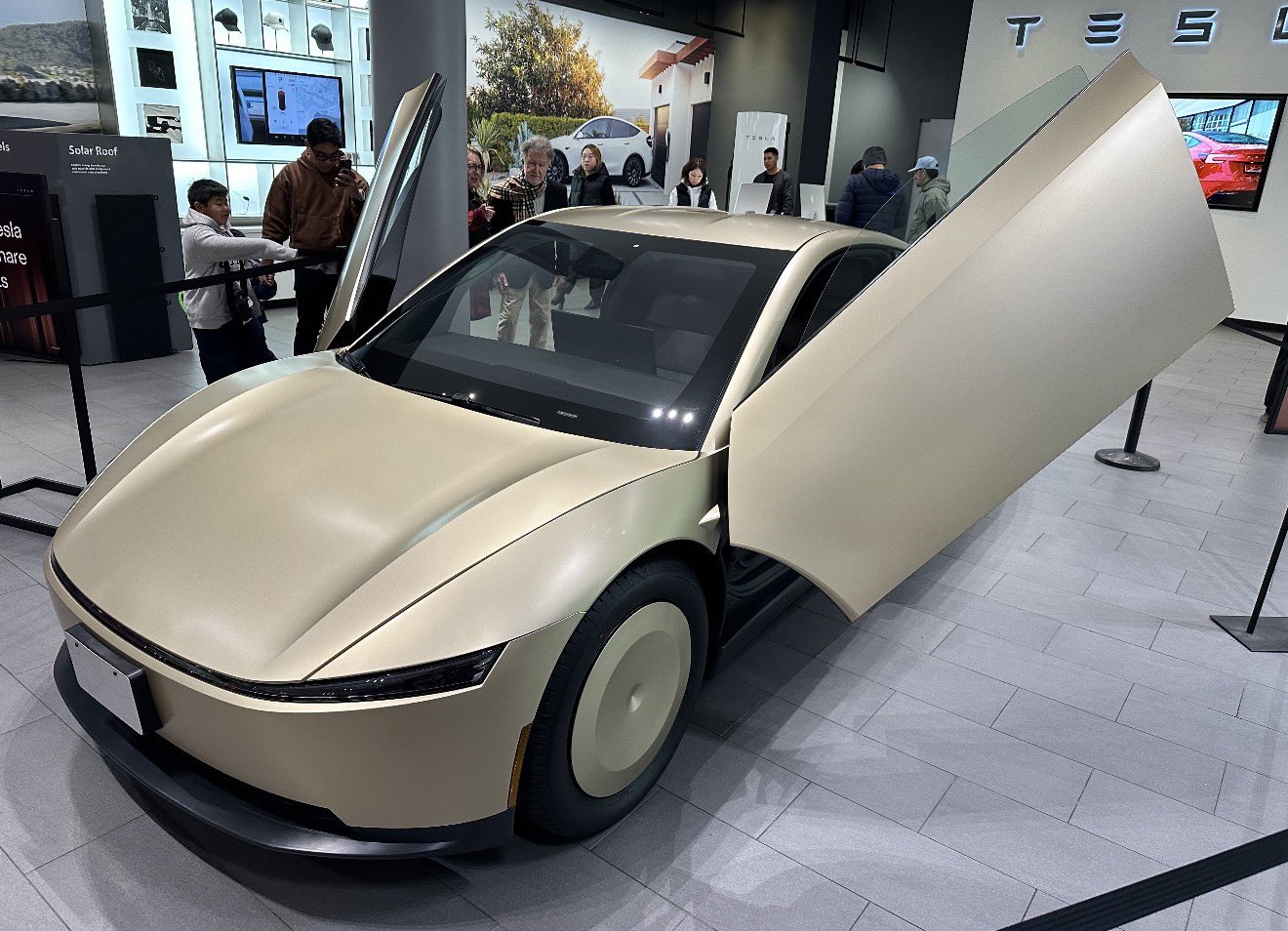
Tesla has showcased what appears to be a near-production-ready Cybercab at its Santana Row showroom in San Jose, California, giving visitors the closest look yet at the autonomous two-seater’s refined design.
Based on photos of the near-production-ready vehicle, the electric vehicle maker has implemented subtle but significant updates to both the Cybercab’s exterior and interior elements, making the vehicle look more polished and seemingly more comfortable than its prototypes from last year.
Exterior and interior refinements
The updated Cybercab, whose photos were initially shared by Tesla advocate Nic Cruz Patane, now features a new frameless window design, an extended bottom splitter on the front bumper, and a slightly updated rear hatch. It also includes a production-spec front lightbar with integrated headlights, new wheel covers, and a license plate bracket.
Notably, the vehicle now has two windshield wipers instead of the prototype’s single unit, along with powered door struts, seemingly for smoother opening of its butterfly doors. Inside, the Cybercab now sports what appears to be a redesigned dash and door panels, updated carpet material, and slightly refined seat cushions with new center cupholders. Its legroom seems to have gotten slightly larger as well.
Cybercab sightings
Sightings of the updated Cybercab have been abundant in recent months. At the end of October, the Tesla AI team teased some of the autonomous two-seater’s updates after it showed a photo of the vehicle being driven through an In-N-Out drive-through by employees in Halloween costumes. The photos of the Cybercab were fun, but they were significant, with longtime Tesla watchers noting that the company has a tradition of driving its prototypes through the fast food chain’s drive-throughs.
Even at the time, Tesla enthusiasts noticed that the Cybercab had received some design changes, such as segmented DRLs and headlamps, actual turn signals, and a splitter that’s a lot sharper. Larger door openings, which now seem to have been teasing the vehicle’s updated cabin, were also observed at the time.








